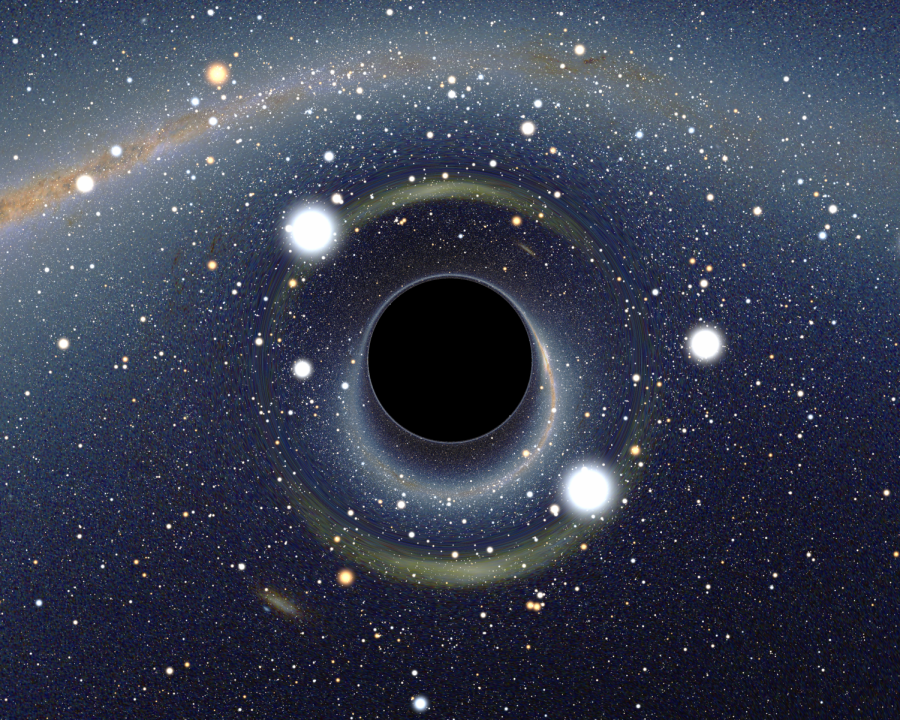Black Hole Emerges From the Dark
November 2, 2022
Recently, a black hole emerged from the dark near Earth. Astronomers discovered the black hole by studying the warped orbit and spectrum and they detected it by a nearby sun-like star because a black hole emits no light.
Studies suggest that anyone on Earth could be impacted by the black hole. There is no one specifically targeted but also no immediate danger has been identified.
The black hole sighting is significant because it is 10 times the mass of the sun, and it is 1,500 light years away. It is 3 times closer to Earth than your next door neighbor. Radio data from the very large array in New Mexico first reported that the black hole had mysteriously been seen again.
The black hole now is swallowing anything that is in its way. Additionally, it is ejecting materials and is traveling half the speed of light. Many scientists are wondering why outflows were delayed by so many years. The team collecting the data used multiple wavelengths of light. They said that this is the first time they have witnessed a long delay between the outflow and feeding.
Furthermore, scientists have seen stars orbiting around something invisible and very massive around the center of the Milky Way, which is thought to be the black hole. Humans can not see the black hole because it is dark, but the glowing gas around it reveals its telltale signature. Additionally, the dark central region of the hole is surrounded by a ring light structure. The new view captures that light is bent by the powerful gravity of the black hole, and it has four million times more mass than the sun does.
The black hole is said to be 27,000 light years away from earth and seems to take up the same size in the sky as Earth. Over 300 researchers from many institutes around the world make up the EHT Collaboration. They worked together to develop new tools that account for the gas movement of Sgr*A.
The team worked on it for five years by using supercomputers to combine and analyze their data that they received. The scientists are excited to finally have images of the black hole. They have begun to use new data test theories and models to see how the gas behaves around the supermassive black holes. Even though this process is still not yet understood, it is thought to play a key role in the shaping, formation and evolution of the galaxy.
Now, scientists are able to study the differences between the two different black holes. One of them is at the large end and the other one is at the smaller end of a supermassive black hole in the universe.
The EHT made a major observation campaign in March of 2022, which included more telescopes than there has ever been before. With the expansion of EHT technology upgrades, you will be able to see images of the black hole in the near future.





Bryn Sullivan • Nov 4, 2022 at 11:18 am
Beautifully written 💟